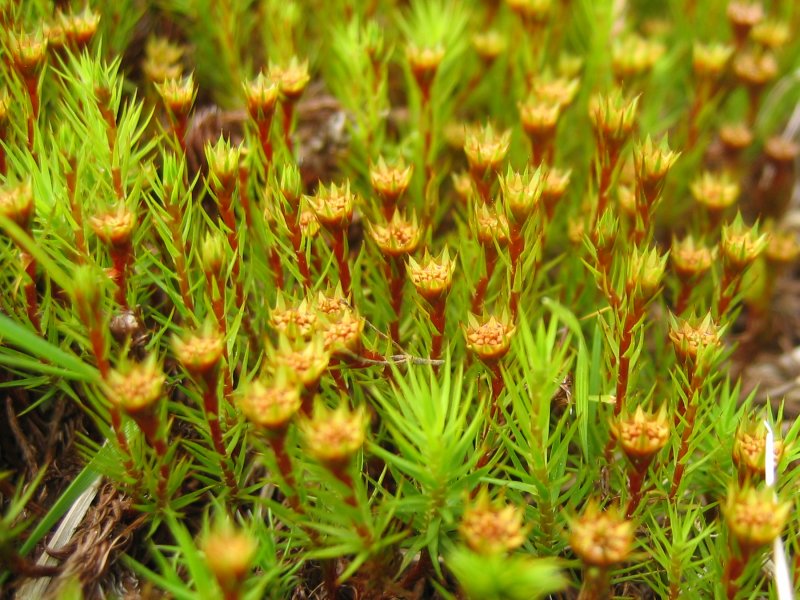
Pteridophytes
Seedless vascular plants, also known as pteridophytes, share features with bryophytes, including the same types of pigments, the basic life cycle, and the storage of starch as their primary food reserve. However, the evolution of vascular tissue enabled vascular plants to invade and dominate the drier habitats on land more effectively than could non-vascular plants. Most species of seedless vascular plants are true ferns, but they also include horsetails, whisk ferns, and club mosses. Most varieties of these plants live in tropical areas.








